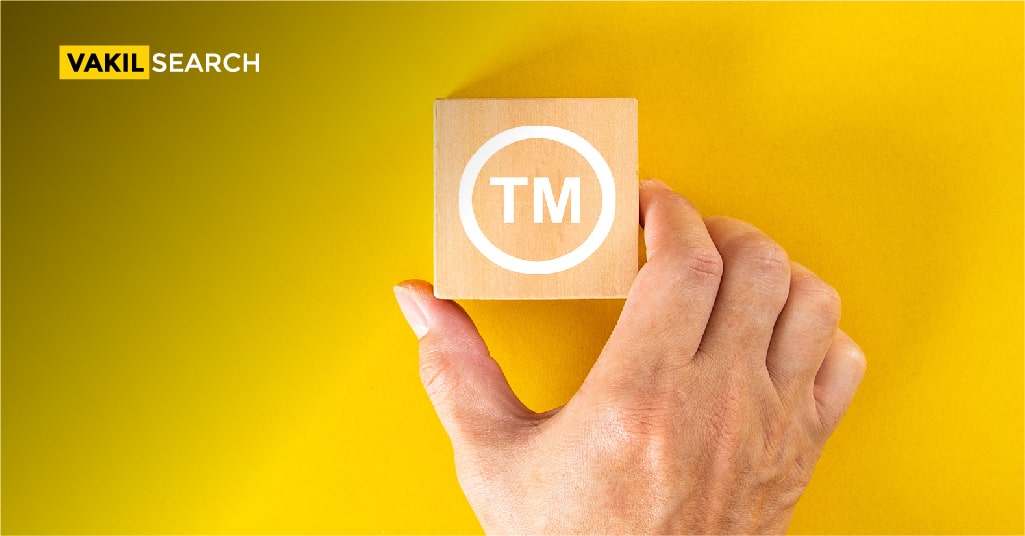Trademarks are intellectual property, and the owner of a trademark, like any other asset, has the right to sell, license, or transfer the intellectual property. Trademark assignment agreements or licensing can be used to make such a transfer.
What Is a Trademark Assignment: A trademark is a sign, symbol, or word that identifies the source of goods or services and distinguishes them from the goods or services made by others. It can be a slogan, a name, a device, a symbolic element in a graphical logo, or any other symbol that identifies one’s trade. If you have developed an original logo for your enterprise, it may very well be seen as a valuable asset. You may want to assign trademark rights to it. This post will go over the various types of assignments and make suggestions on how to use them.
What Is a Trademark Assignment?
Trademark assignment is the physical act of transferring intellectual property ownership from one entity to another. A trademark assignment is the transfer of an owner’s property rights in a given mark or mark. These transfers might take place independently or as part of bigger asset sales or purchases. Trademark assignment agreements serve as a record of ownership and transfer, as well as a safeguard for all parties’ rights.
To prevent copyright infringement, use Vakilsearch’s trademark public search engine to locate previously registered trademarks.
Types of Trademark Assignment
Trademark assignment is a common practice of transferring the ownership of a trademark to another person, business, or organisation. Trademark assignment need to be notarized vary in complexity and cost. The different types of trademark assignments are:
Asset Assignment
This is the transfer of all trademark rights from one party to another. The owner of the trademark may decide to assign all its rights to another party, in which case it will be an asset assignment.
In-house Trademark Assignment
An in-house trademark assignment involves transferring ownership of a registered trademark from one division or department within a company to another division or department within the same company. An example of this will be if a product division transfers ownership of certain trademarks within that division to the marketing department.
Licensing and Sublicensing
This type of assignment involves leasing a trademark or licensing it for use by another party, thereby granting permission for the other party to use the trademark. The sub-licensee, who is an independent contractor, allows the licensee to use the trademark in return for a fee.
Complete Assignments
When the trademark owner transfers his rights to another person, the recipient is allowed to continue using the trademark in any way they want – including continuing to earn any monies.
Partial Assignments
The trademark owner can transfer their right to another person, so long as they restrict it to specific services or goods.
Goodwill of Business Assignments
The trademark owner can give someone the right to use a trademark in a specific class of goods or services. It includes the trademark’s current range of products if they want to.
Without Goodwill of Business Assignments
A trademark can only be assigned with the agreement and signature of the owner. The trademark is legally owned by the person who first registered it. Giving another person use of it can only happen if such a deal includes goodwill.
Restrictions On the Assignment of Trademark
According to the Trademarks Act of 1999, the following restrictions are levied on all trademark assignments.
Restriction on Parallel Usage of Trademark
If a trademark is granted to more than one person, it will lead to confusion. For example, when two people are trying to sell the same products, they need to have different trademarks in order to avoid any confusion.
Restriction on Multi-Geographical Trademark
It is not allowed to assign a trademark when the assignment results in creating an exclusive right for different persons in various parts of India relating to the same/similar products or services. A trademark can only be assigned when this will not create an exclusive right in different persons, which is where a trademark can be used.
Who Can Apply for a Trademark Assignment?
Any company or individual can apply for a trademark. Just be sure the trademark you’re assigning is assigned to you and not someone else.
A trademark assignment could be made to another company even if the company assigned the trademark doesn’t have a registered trademark. It’s important to distinguish between assignment and licensing, where a license is owned by one of the parties, which allows the use of the mark in exchange for monetary compensation.
Unlike an assignment, licensing requires consent from both parties involved due to their ownership rights in the mark.
Role of Registrar In the Assignments
The registrar is the proper assignor of trademarks. The registrar has to maintain a registry of trademarks and enter them into the register according to the rules. The registrar also ensures that trademark registrations are not made for identical or similar signs. Then it takes appropriate steps to rectify such registrations.
Also, Read:-
- Process of Trademark Transfer in India
- Benefits of Trademark Assignment
- What Are the Examples of Trademark Assignment?
- U.S. Trademark Registration: Why It’s Smart










